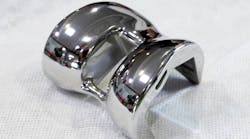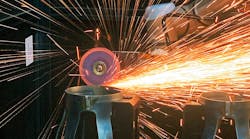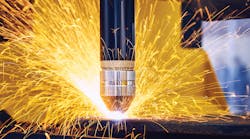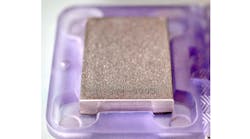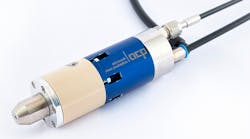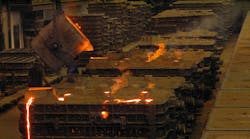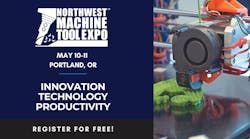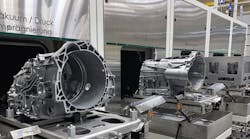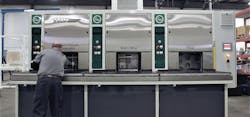The benefits of owning and operating manufacturing equipment versus outsourcing a service are found in the savings of logistics, quality, and part costs. These savings serve to increase an organization’s profitability, and this principle is certainly true with regard to vacuum impregnation equipment. But, with many projects and programs competing for a limited amount of capital expenditure dollars, owning vacuum impregnation equipment may seem out of reach for the businesses that require part sealing capability. Many of them default to outsourcing their vacuum impregnation requirements.
Regardless of how a business finances its vacuum impregnation equipment, the highest cost is not the equipment itself but rather parts scrapped due to porosity and non-value-added costs of outsourcing. Selecting the right vacuum impregnation process and equipment allows a company to maximize production, improve quality and reduce costs. Here are four ways a metalcasting company can acquire vacuum impregnation equipment while aligning its financial and operational goals.
Outright purchase – In this case, the foundry owns the equipment outright when its purchased. This approach is used when the business has secured long-term projects and have upfront capital. Depending on the cost of capital, equipment, and utilities, this option delivers the lowest possible overall cost. Buying the equipment is favored by most OEMs and Tier One suppliers.
Capital lease – A capital lease allows a company to operate the equipment and purchase it at the end of the lease. This option is used on long-term projects when access to capital is limited at the beginning of the project. The foundry pays a monthly amount, plus interest.
The equipment is considered to be owned by the lessee, so the business accounts for that equipment as a fixed asset and depreciates it accordingly. The obligation under the lease is shown on the balance sheet as debt, and interest expense is recognized as payments are made. The depreciation and interest expense are tax-deductible, with the depreciation potentially included as bonus depreciation.Operating lease – An operating lease permits use of the equipment but does not convey ownership. After the lease term, the lessor retains the leased equipment or sells it to the lessee at fair market value. An operating lease on vacuum impregnation equipment is commonly used on short-term programs. Like a capital lease, the business pays a monthly amount plus interest.
The equipment is considered owned by the lessor, so the business accounts for the agreement as a rental. Payments are shown on the profit-and-loss statement as rental expense and are deductible for taxes.
Equipment-as-a-Service – Under EaS, the business operates the equipment while ownership of that equipment remains with the manufacturer. The manufacturer charges ‘per use,’ therefore allowing the business to classify the charges as an operating expense. The manufacturer provides all equipment, training, maintenance and repairs. The business provides for operation, consumables, and utilities. At the end of the agreed term, the business returns the equipment. Again, the per-cycle or per-use charge is deductible as an operating expense.
The main financial benefit to EaS is that it allows a business to align its production with its costs. The costs are directly related to throughput, and not subject to a depreciation expense schedule.
The various financial options allow vacuum impregnation equipment available to all companies. It is important to align the right purchase option with the company’s financial capabilities – which will maximize part recovery, reduce costs, and increase profitability.
Andy Marin is the marketing coordinator for Godfrey & Wing, a developer of vacuum impregnation technology. Contact him at [email protected]

